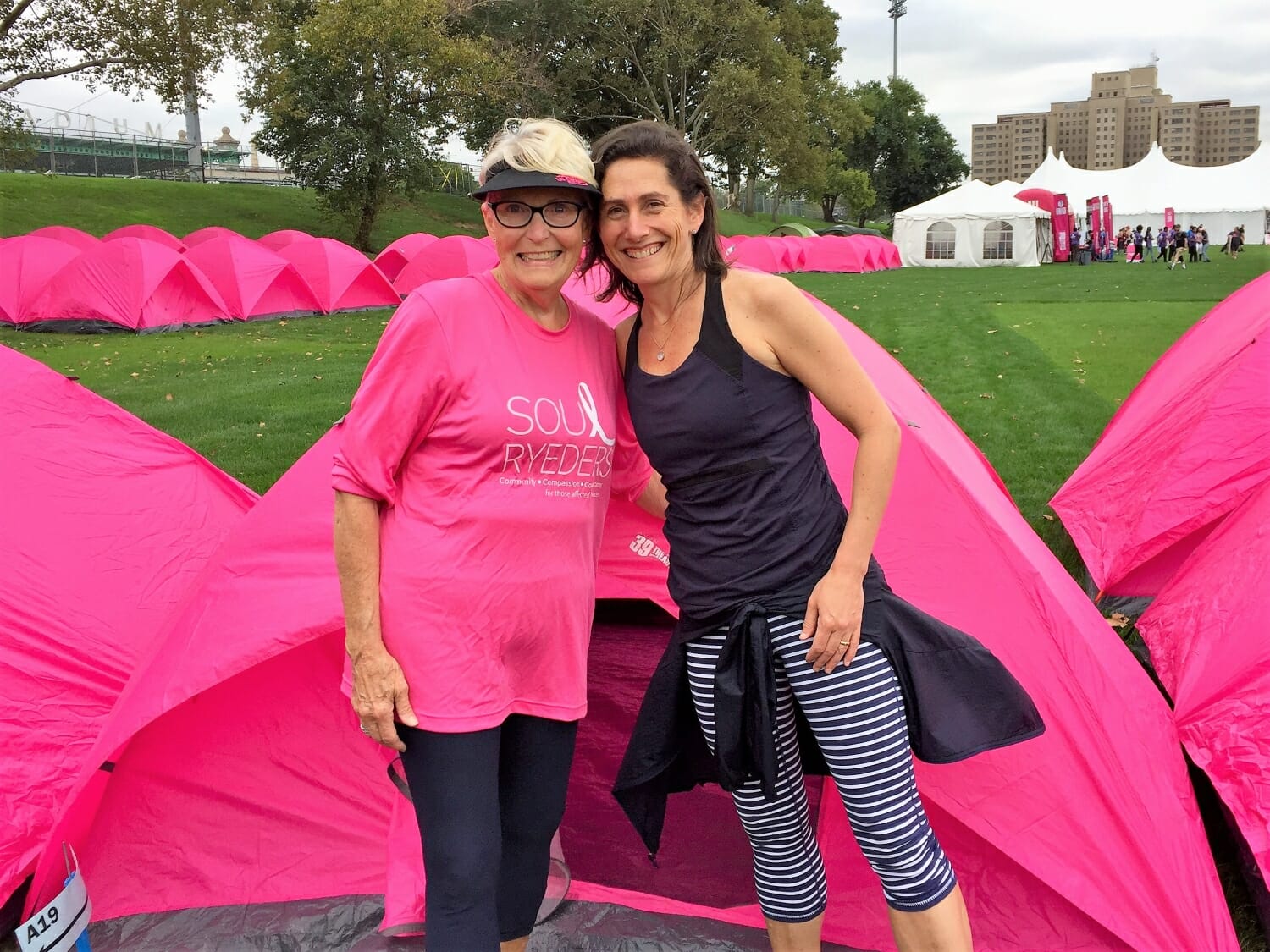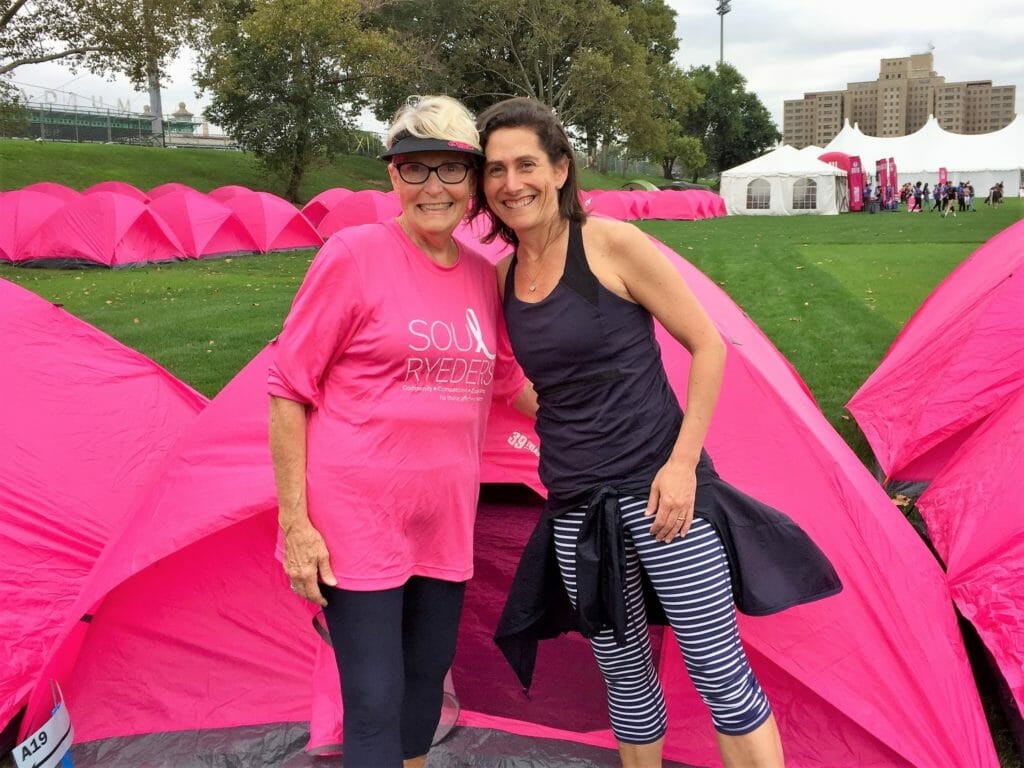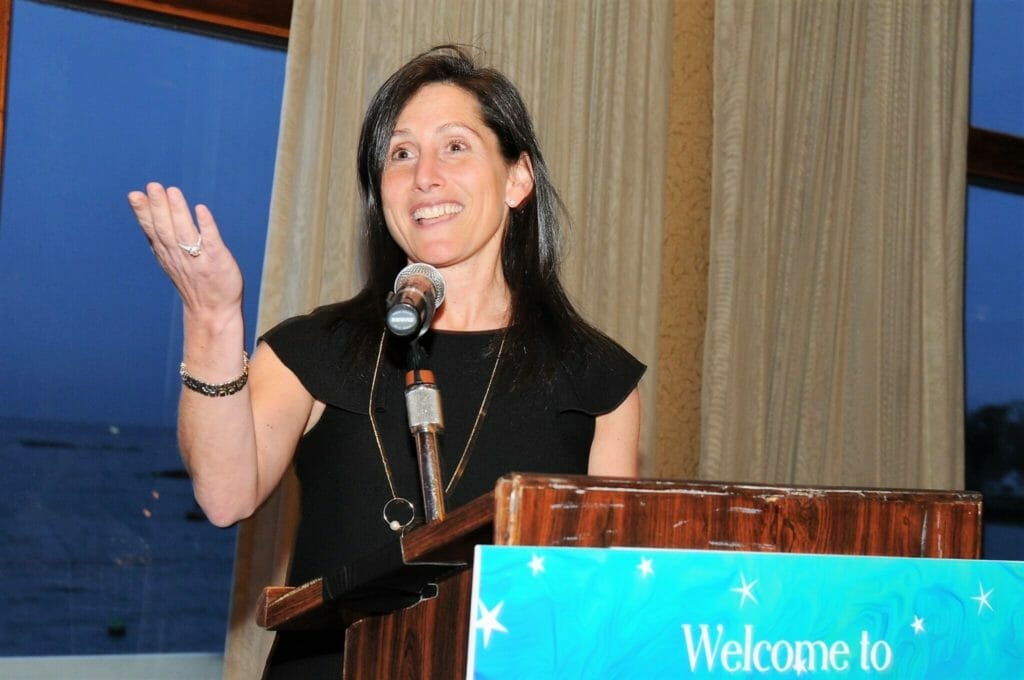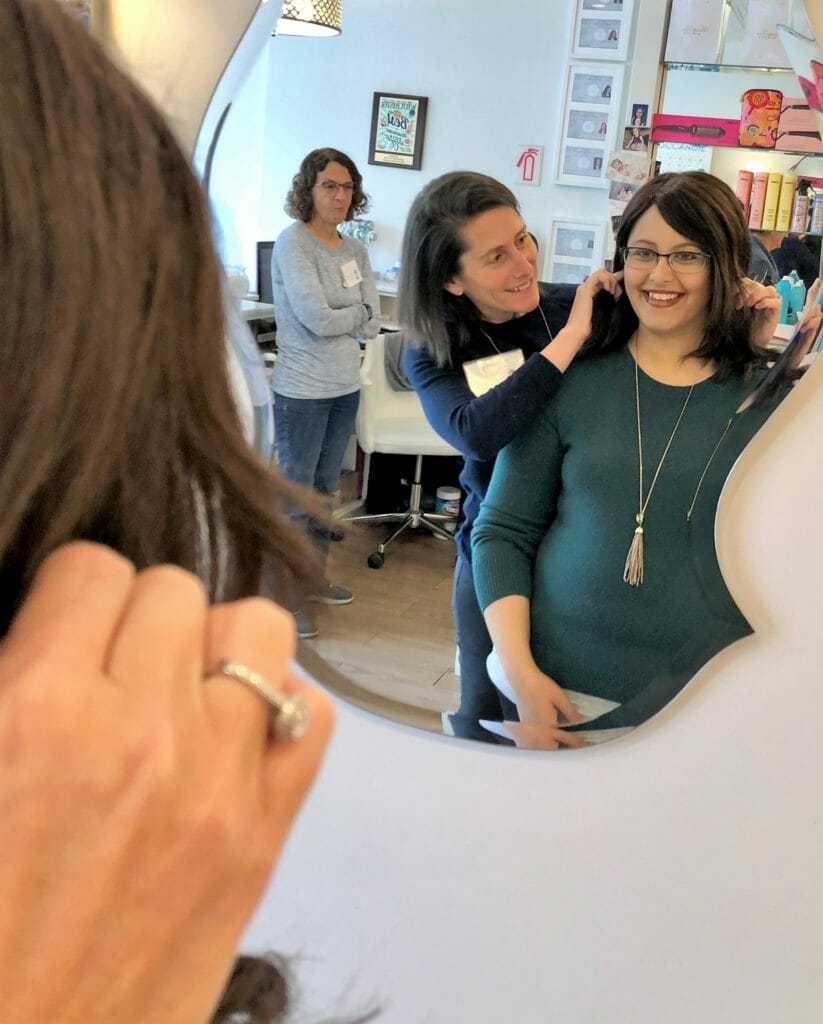In Suburban New York, Soul Ryeders Helps Cancer Patients Directly; Finds That Many Become Volunteers Themselves


Like many people, Sandy Samberg knew a good friend with cancer. “Like anyone else, you want to do something tangible to help,” says Sandy, a former pediatric nurse practitioner. “I registered to do the Avon Walk for Breast Cancer, but I had a heart condition and my cardiologist said I couldn’t. But I went to the finish line with my friend and stayed for the closing ceremony. I remember tears rolling down my cheeks and I made a promise to myself that someday I would do this walk. That was in 2000. Fast forward to 2006 — my friend passed away in February, and another friend was diagnosed in March. By this time, I’d had open heart surgery and was able to participate in charitable walks.”
Sandy soon gathered an entire team of walkers comprised of fellow residents of Rye, N.Y. She dubbed them the “Sole Ryeders,” a play on the name, Rye, and the motto that “Every Step Counts.” But Sandy wanted to do more than raise money for cancer research by participating in walks. She saw a need for concrete help for families affected by cancer in her own community. Today, Soul Ryeders — Sandy changed the name to reflect the broader mission — provides numerous programs, such as a wig exchange, educational workshops, homemade nourishing meals and specially designed yoga. The organization has raised more than $3 million, has more than 200 volunteers, four paid employees and has served an estimated 1,300 clients to date.
What inspires you to volunteer?
“There’s so many different things I love about what I do — helping people after diagnosis, through treatments, recovery and survivorship and then seeing a lot of them become volunteers of ours. I love seeing that full cycle. I feel honored that strangers let us into their lives at such a vulnerable time. I love seeing our volunteers of all ages learn firsthand that giving back feels good. I love connecting someone who’s just been diagnosed with someone who’s been through it on the other side to provide inspiration, as well as someone who’s going through it at the same time and can help them get through it day by day.”

Describe your role with Soul Ryeders:
“I am the executive director. I oversee programs. We have a board of directors and a leadership team. The nice thing about that is we have people who specialize in different pieces. We have a director of development who specializes in fund-raising. We have an event planner and someone who does accounting and administration. It allows me to do what I like most, which is helping people. My No. 1 day-to-day responsibility and passion is working with our clients who have been diagnosed and going through cancer treatment, and also their caregivers.”
What kind of community is Rye, New York?
“It’s a suburb of New York City. There are a lot of working professionals and a lot of families. It’s a very family-oriented community. That’s one of my favorite parts — working with the kids in the classrooms and doing projects. For example, we support Camp Kesem, which is a camp for children who have a parent with cancer or have lost a parent to cancer. The kids in our community make autographed pillows for campers with words of inspiration. We sew the pillows and the kids write cards and we take them to the camp. I love seeing kids really understanding what they’re doing and why they’re giving back.”
Tell about the wig exchange program:
“I was getting calls from people diagnosed with cancer. One of the calls I often got was, ‘I need a wig, but they’re so expensive. Where do I go?’ At the same time, a woman from Rye, Kate Conn, had just finished treatment and she had a gorgeous wig that she didn’t need any more and didn’t know what to do with it. Together with Kate’s husband Paul, the three of us created The Wig Exchange, which launched in 2012. Those who no longer need wigs donate them to us; we have them professionally cleaned and reconditioned and we loan them to people who need a wig. Each person who gets a wig is linked with one of our volunteer coordinators — they’ve all had cancer and lost their hair and knows what the person is going through. We’ve received over 12,000 donated wigs. So now we’ve launched Wigs Without Borders, and our wigs are now in 13 different Third World countries to be distributed to women who have cancer.”

What have you learned through doing this volunteer work?
“I’ve learned about being a leader. I never set out to be a leader — it wasn’t a goal of mine. I’ve definitely stepped out of my comfort zone. I try to lead by example and I’m willing to do whatever it takes for the organization to succeed in meeting its mission. I’ve also learned that in order to do what I do — sometimes it can be really hard, helping people with cancer — I have to focus on our ability to be a ray of sunshine in a really dark time. I’ve learned to stay calm and positive in stressful situations.”
What are the hard parts of being a full-time volunteer for cancer patients?
“There were parts, especially at first, that were things I didn’t love, like fund-raising and event planning, but you need to fund-raise in order to have an organization like this. The nice thing is that as we raised more money we were able to hire people who love those things. It also gets very hard emotionally, especially when we lose people (to cancer). One woman in particular I became very close to. She was only 41 and was the mother of 3-year-old twins. Very sadly, she passed away in December. That was really hard. I also have to work to balance this work with my own family needs. I’ve figured out ways, like my morning routine is to work out, clear out my emails, read the paper so I know what’s going on in the world and take time to talk to my husband and to my kids before they go to school. That way, I feel energized and ready to help people for the rest of the day.”
Why is it important to give back?
“For me, it’s a value I was brought up with. I feel very fortunate for everything that I have, so it’s one way I can pay that forward and help other people. Once you start volunteering in a capacity like this, you learn that you get as much out of it as the people you help. I can’t imagine not volunteering. I started as a “candy striper” at a hospital when I was 10 years old. I actually can’t remember life without volunteerism being a big part of me.”
Do you want to make a difference in your community like Sandy? Visit All For Good for local volunteer opportunities.
Post written by Kay Nolan